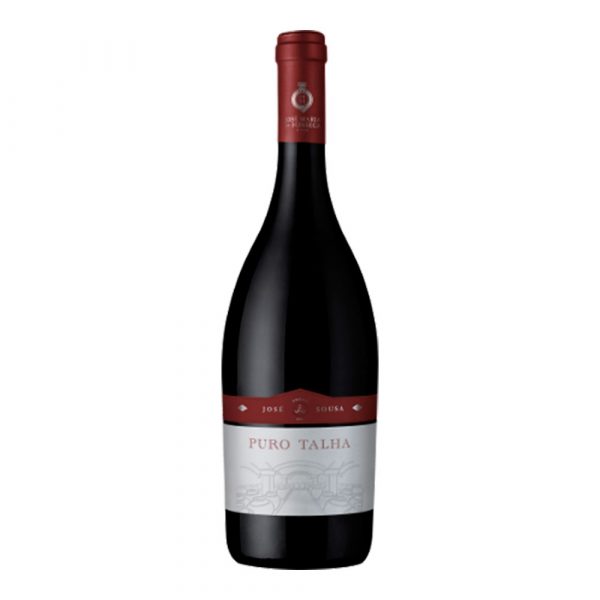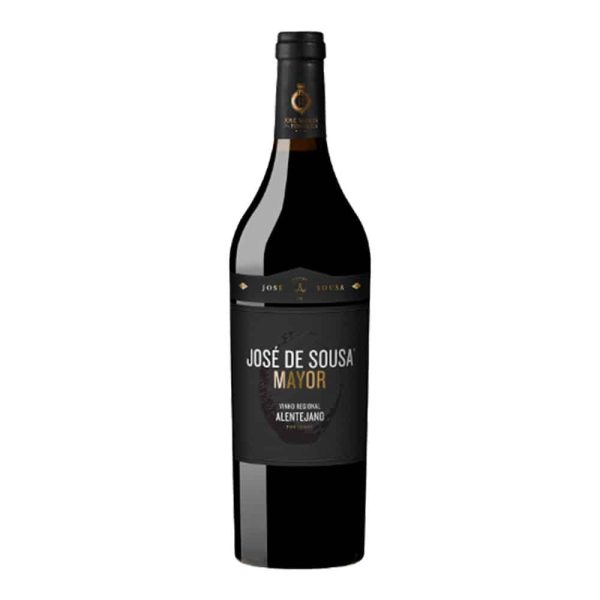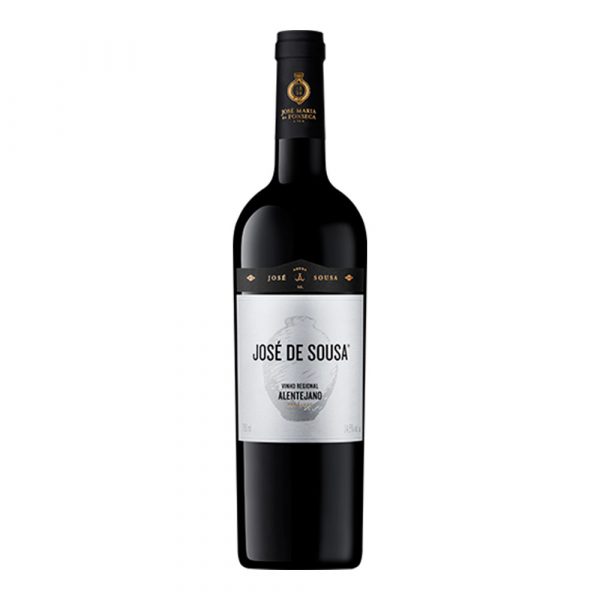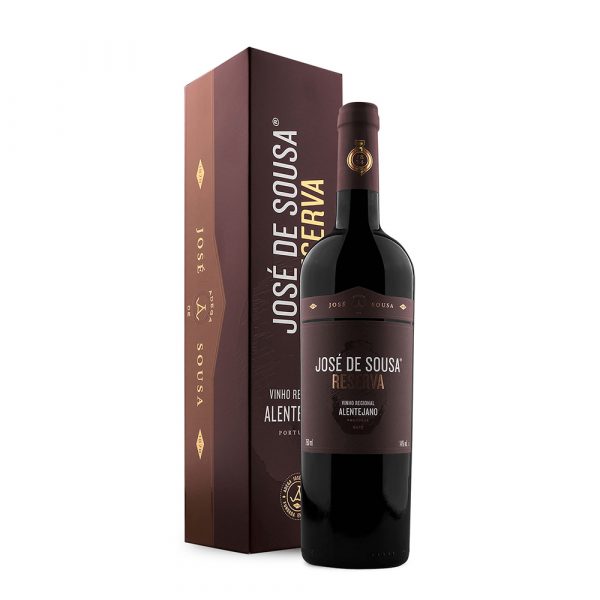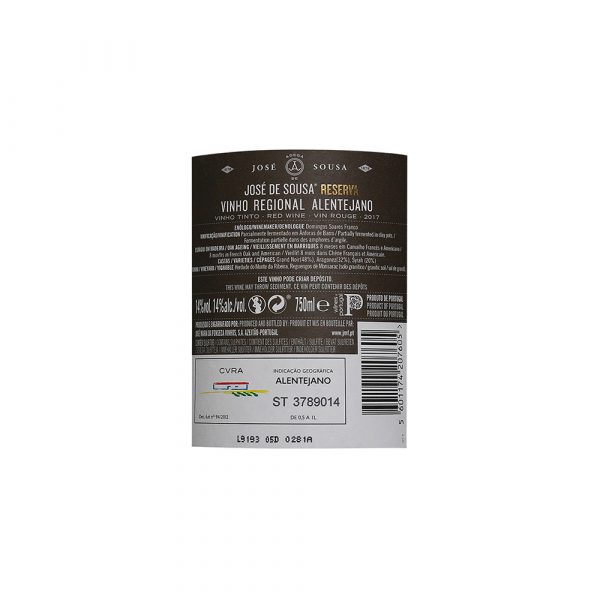José de Sousa Puro Talha Red
In the cellar José de Sousa still some ancestor techniques of vinification are used, being the most emblematic the use of the carving in the fermentation of the grapes. The essence of small-scale winemaking has changed in over two thousand years. In this process, the grapes previously crushed on foot are stoned by hand on a ripening table. The fermentation takes place with 30% of the stalks, in hoists with an average capacity of 1,600 liters at a temperature that is around 28ºC, being controlled by watering the hoists 4 times a day. The fermentation takes approximately 8 days, leaving the wine in maceration after fermentation until November. After the pressing of the masses, part is staged in hoists for a period of around 16 months in which an olive oil film is used to prevent oxidation. The other part was stamped on 500-liter brown casks. At the same time, the rest of the stall was fermented in a "task" (small carving with capacity of 300 liters) with a little must. This product is called ripening wine because it is the result of this ancestral technique of manual destemming. This wine is used in the final lot as "salt and pepper". Color reddish brown, aroma of nuts, spices (black pepper, cloves), clay, liqueur, evolved but not oxidized. Taste robust, dry, good acidity, very balanced, tannins present but soft. Long and persistent end of test. Contains Sulfites.
José de Sousa Mayor Red
In the cellar José de Sousa, some ancestral techniques of vinification are still not used, the most emblematic being the use of the carving in the fermentation of the grapes. The essentials of small-scale winemaking have changed in recent centuries. In this process, the grapes previously stamped on foot are stripped by hand on a table called a "ripening table". Then, part of the must, the films and 30% of the stench are fermented in the clay hoards. The rest is fermented in mills. The use of cutlery confers spices and a third dimension to wine. After fermentation, the wine has a skin maceration of 4 weeks, followed by 9 months of aging in new French oak wood. It has a red color with brownish highlights. Aroma to dates, green tea, dried figs, a little peppermint, well integrated oak wood. Fruity palate, soft, elegant, soft tannins. Long test field.
Contains Sulfites.
José de Sousa Red
In the cellar José de Sousa still some ancestor techniques of vinification are used, being the most emblematic the use of the carving in the fermentation of the grapes. The essentials of small-scale winemaking have changed in recent centuries. In this wine, a small part is made according to this Roman process, the red grapes previously trodden on foot and destemmed by hand on a table called "table of ripanço". Afterwards, a small part of the must, the films and the stench are fermented in the clay pots, and another in the wine press. The remainder of the brand is fermented in stainless steel vats. The use of cutlery confers spices and a third dimension to wine. After fermentation, the wine has a skin maceration of 4 weeks, followed by 9 months in French and American oak casks. Red color loaded with scented dates, hay, plums, toasted bread, a little clove, oak wood, vanilla, chocolate. Palate with good fruit, good acidity, tannins present but soft. Long end of test. Contains Sulfites.

